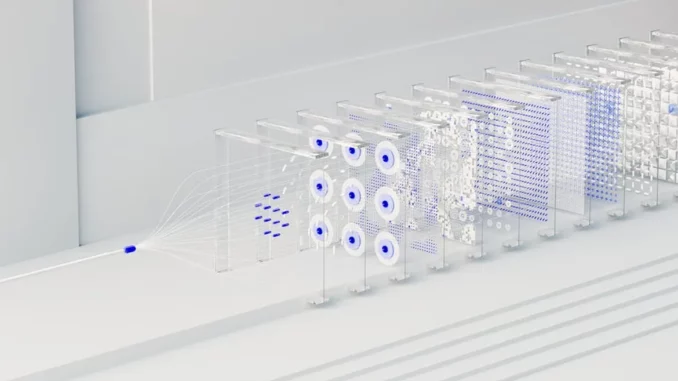
Summary
Hitachi NAS: Mastering Revert Operations for Optimal Data Recovery
In the ever-evolving landscape of network storage solutions, Hitachi NAS (Network Attached Storage) systems are renowned for their reliability and performance. Essential to mastering these systems is understanding the complexities of operations like the revert function, which restores a file system using snapshots. This article explores the best practices for leveraging this powerful feature while addressing potential challenges and ensuring data integrity.
Main Article
The Revert Function: An Overview
The revert operation within Hitachi NAS systems is a sophisticated tool allowing administrators to restore a file system to a previous state via snapshots. Snapshots capture the state of the file system at a specific moment, offering a reliable mechanism for data recovery. While this functionality provides robust protection and recovery options, it demands careful consideration to ensure it does not inadvertently disrupt the file system’s integrity.
Snapshots and File System Impact
The revert operation operates at the file system level, meaning it encompasses the entire system rather than individual files or directories. This holistic approach guarantees data consistency but also implies that any revert action will affect the entire file structure. Mark Littleton, a senior systems architect, notes, “Understanding the system-level impact of revert operations is critical for administrators aiming to avoid unintended data loss.” Consequently, administrators must strategically schedule revert operations, considering both their necessity and potential impact on other sections of the file system.
Configuring REST API Mode for Operations
A pivotal aspect of executing revert operations in Hitachi NAS involves the configuration of the REST API. The operation requires the REST API to be set in ‘legacy’ mode, as the ‘native’ mode does not support this function. It is essential for administrators to verify the API mode settings before proceeding with a revert operation to prevent operational disruptions or data inconsistencies.
Best Practices for Effective Revert Operations
-
Comprehensive Planning: Prior to initiating a revert, assess the full scope of the file system. Identify critical data and communicate with relevant stakeholders to ensure alignment and avoid unnecessary disruptions.
-
Regular Snapshots: Implement a consistent schedule for snapshot creation, providing multiple recovery points that offer flexibility in restoring the system to desired states.
-
Testing and Validation: Conduct controlled environment testing to understand the revert operation’s impact. This proactive approach aids in identifying potential issues and devising mitigation strategies.
-
Documentation and Change Management: Meticulously document all revert operations alongside maintaining a change management log. This practice enhances traceability, accountability, and aids in troubleshooting.
-
Training and Awareness: Educate both administrators and users about the revert operations’ implications, ensuring informed decision-making and prevention of unintended data loss.
Detailed Analysis
Revert Operations in the Broader Context of Data Management
In the context of contemporary data management, the ability to revert a system to a previous state is invaluable. As data volumes grow and the need for rapid recovery intensifies, revert operations become crucial tools for maintaining data integrity and continuity. This need is mirrored in broader industry trends, where businesses increasingly prioritise data resilience and recovery capabilities.
Hitachi NAS’s revert function plays a vital role within this framework, providing enterprises with the means to quickly recover from data corruption or loss. By integrating best practices, organisations can ensure they are equipped to handle potential disruptions efficiently, maintaining operational continuity and safeguarding critical data assets.
Further Development
Anticipated Enhancements and Ongoing Coverage
As data management technologies continue to evolve, future enhancements to Hitachi NAS systems may further streamline revert operations and increase their efficacy. Industry insiders anticipate developments that could include enhanced automation features and improved user interfaces for managing snapshots and revert operations more intuitively.
Stay tuned for continued coverage on advancements in network storage technologies and best practices in data recovery. As organisations adapt to an increasingly data-driven world, understanding and mastering these tools will remain vital for maintaining competitive advantages and operational resilience.

